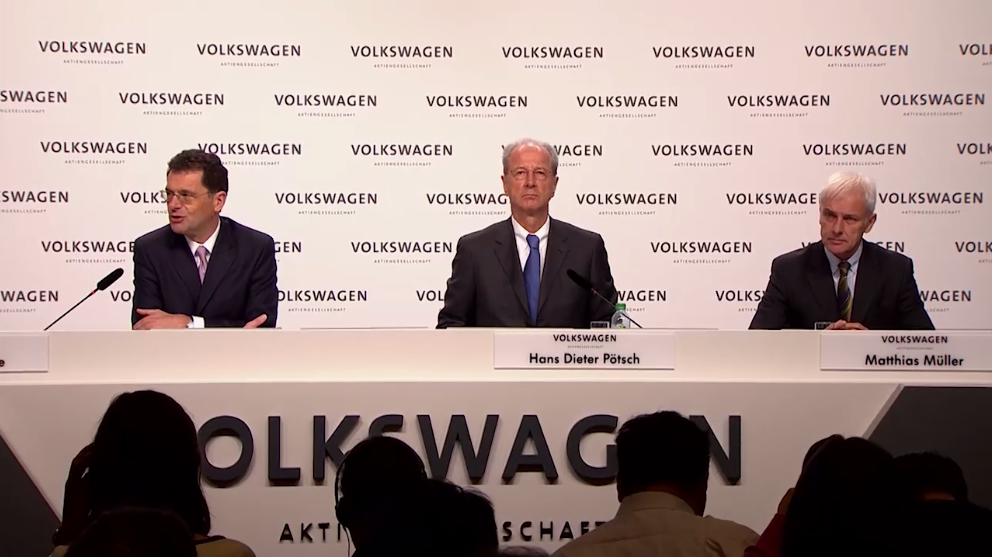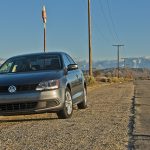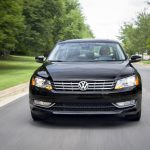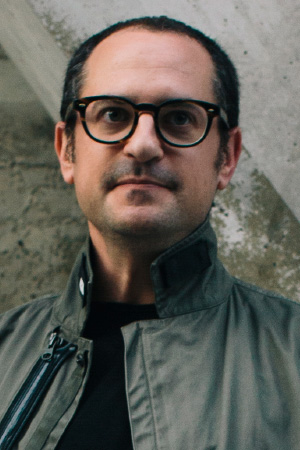Earlier today, Volkswagen held a press conference at its headquarters in Wolfsburg, Germany, to update the world about the automaker's ongoing emissions scandal. VW CEO Matthias Müller and chairman Hans Dieter Pötsch discussed the roots of the problem, VW's proposed fixes for some of the affected cars, and the company's reorganization plans.
In fact, VW has two separate emissions problems. The first came to light in September, when the US Environmental Protection Agency sent a notice of violation to VW informing the car maker that 500,000 diesel-engined cars would have to be recalled over "defeat device software" embedded in their engine control units. VW's four-cylinder EA 198 diesel engine contains code that detects when a car undergoes an emissions test and adjusts the engine tuning. This decreases the amount of NOx compounds produced in the exhaust to legal limits, allowing the vehicle to pass the test at the cost of reduced power (and therefore efficiency).
Before long, the scandal had grown beyond the 500,000 cars sold in the US to include up to 11 million vehicles worldwide. More recently, the Environmental Protection Agency notified VW group that the 3L V6 diesel used by VW, Audi, and Porsche also has an illegal auxiliary emissions control device.
A second issue was revealed last month, discovered during VW's internal investigation of the scandal. This time it affects VW group with 1.4L cars sold in Europe. The company at first reported that it had sold up to 800,000 cars that emitted significantly more CO2 than claimed during type approval, but more recently it has downgraded this number to just 36,000.
Individual misconduct and cultural failures
In the press conference, Pötsch said that blame for the NOx cheating was caused in part by "individual misconduct" as well as failed internal procedures and a culture in some departments "that tolerated breaches of the rules." All of this was caused by a desire to expand diesel sales in the US, a desire that wasn't matched with sufficient time or budget to develop engines that fully complied with the tough NOx emissions regulations of the US.




 Loading comments...
Loading comments...
